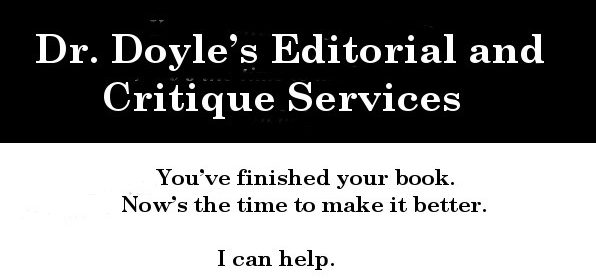You have to keep an eye on your secondary characters, because some of them are sneaky — there’s a couple of kinds, especially, who’ll take over the plot if you let them.
First, you have all those characters whose main role in the plot is to be a source of help and knowledge: fairy godmothers, wise old men, kindly librarians who happen to have exactly the book the protagonist needs, colorful informants who can tell the detective about the word on the street, and all their fictional ancestors and descendants. It’s necessary to make them interesting in their own right if they’re going to have more than one appearance in the work, lest their true nature as plot devices be discovered; the danger is that once they’re fully-rounded characters they can start to overshadow the hero or heroine they’re supposed to be assisting. The cure is to strictly ration their helpful appearances, and to let them be wrong or unhelpful once in a while, so that asking for their assistance isn’t the first thing that the protagonist (and the reader) inevitably thinks of in a pinch.
More dangerous than the helpful secondary characters, though, are the ones who exert such a strong magnetic pull that they’ll warp your intended plot out of shape around them if you don’t watch out. My co-author and I have had to deal with characters like that once or twice — one of them, we hit on the head with a piece of rebar and put into a multi-chapter coma, and he still damn-near took over what was supposed to be somebody else’s book. With another such character, we had to arrange the plot so that he was well out of the way of the main action when the crisis hit, because if he’d been in place during the crisis he would have dealt with it handily and there wouldn’t have been another book-and-a-half to the story.
(We also had to promise to write him his own book later, when we were done. That also works.)


I like the idea of using bribery to keep characters from Mercutio-ing a book. I might have to give that a try.
One must be Firm. “This book now. Your book later.”
One really great example of an exposition character done right is Edna from The Incredibles.
She’s basically a walking info-dump, but she slips all that necessary background and plot-info around the edges of her oversize personality. Viewers go away remembering that she’s hilarious, not that she was a plot device. And yet, magnetic though she is, she’s also the kind of character who can exit the stage without being missed.
The character Bobby Singer on the TV show Supernatural was another aid-and-exposition character, and they had a lot of trouble keeping him in line. They had to put him into a wheelchair for part of a season just to get him out of the way of the climax, and eventually they had to kill him off (and even that didn’t work at first.)
The show also had, in its first season, the character of John Winchester, who was one of the extreme-magnetic-pull types. He had to go, because if they’d kept them around, the show would have become completely different.
(Joss Whedon did an exemplary job of keeping Buffy the Vampire Slayer‘s resident aid-and-exposition character, Rupert Giles, in focus without having him take over . . . but then, Joss Whedon is probably the best ensemble director working today.)
One thing Whedon did really well with Giles was give us the impression that he was already the hero of another story. This wasn’t just some guy with all these helpful skills who never used them on his own Because Reasons. He’s a retired bad-ass.
Whedon keeps talking about wanting to do another Buffyverse show with him, set in London, called Ripper. Pretty sure everyone wants to see that. Everyone.